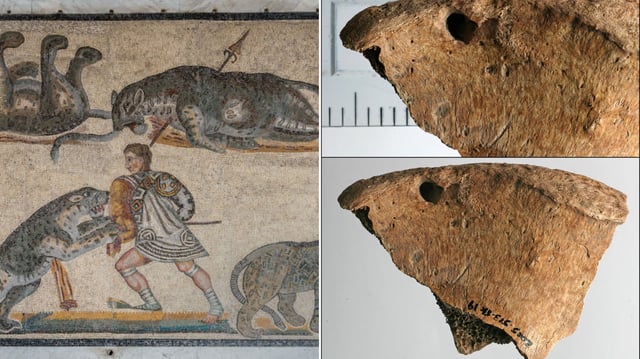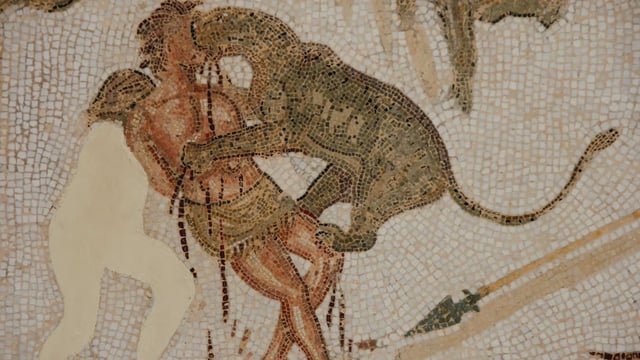Overview
- The skeleton, identified as 6DT19, was found in a gladiator cemetery in York and shows unhealed pelvic lesions consistent with lion bites.
- This discovery provides the first osteological proof of human-animal combat in Roman arenas, previously known only from texts and art.
- Researchers believe the injuries were fatal, with the man dying from the severe wounds inflicted by the large predator.
- The burial includes postmortem decapitation, which may have been a ritual or a mercy killing, a practice observed in Roman Britain.
- Scholars debate whether the bite marks are from a lion or local wolves, but the study highlights the logistical scale of transporting exotic animals for Roman entertainment.


